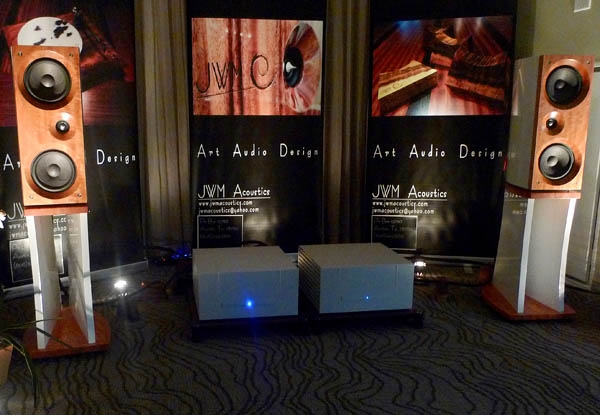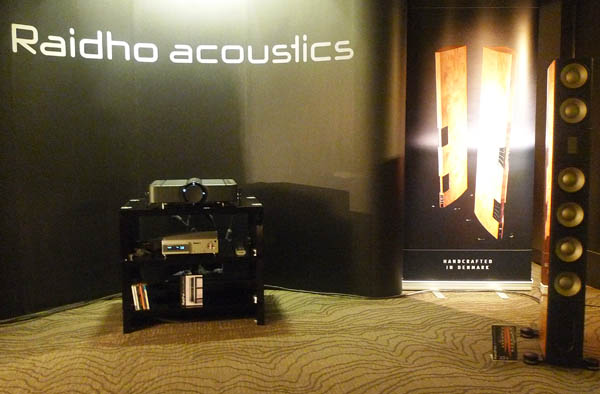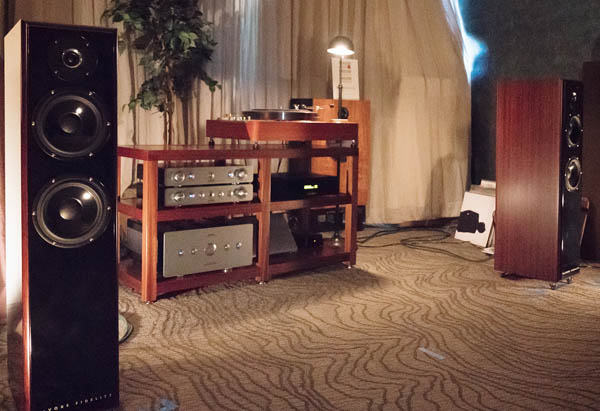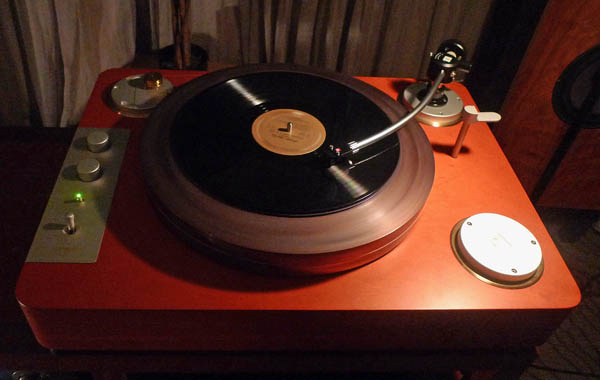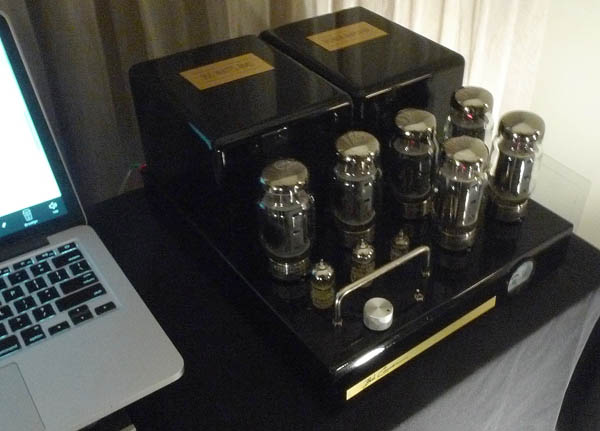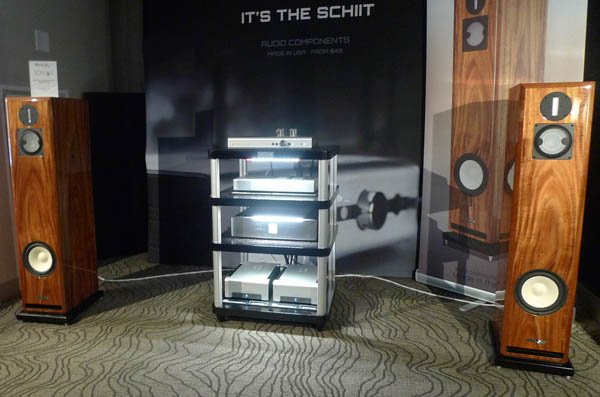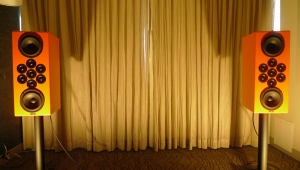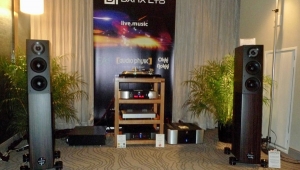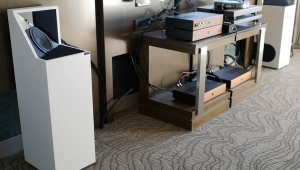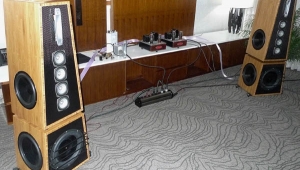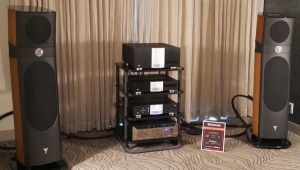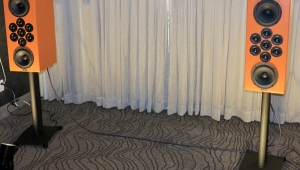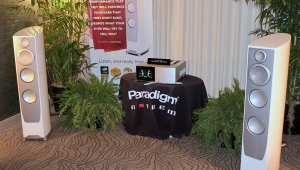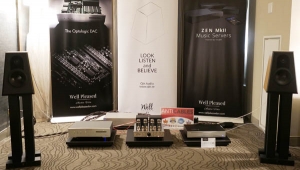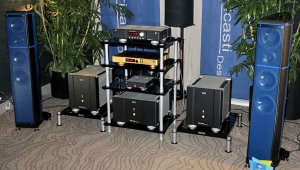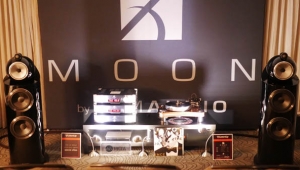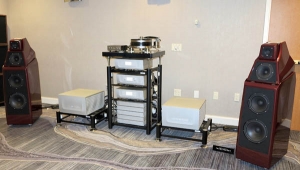| Columns Retired Columns & Blogs |
Wait a minute...it was a lowly CD player (albeit a $31K one) that had so much color and detail in the Raidho system as to leave you "slumped in your chair and breathless"? All from a mere 16 bit/44.1 KHz sample rate source. No high-rezzzzz files or MQA? No streaming Tidal or Roon? No (gasp!!) turntable? How can it be possible? I was just packing up all my CDs to sell them at the Half Price Books store since it's clearly a dead format (you guys ALL agree on that, right?), and now you say there is still music to be found on them. Music so good and so "real" it actually makes an emotional connection with you. Please, elaborate?
